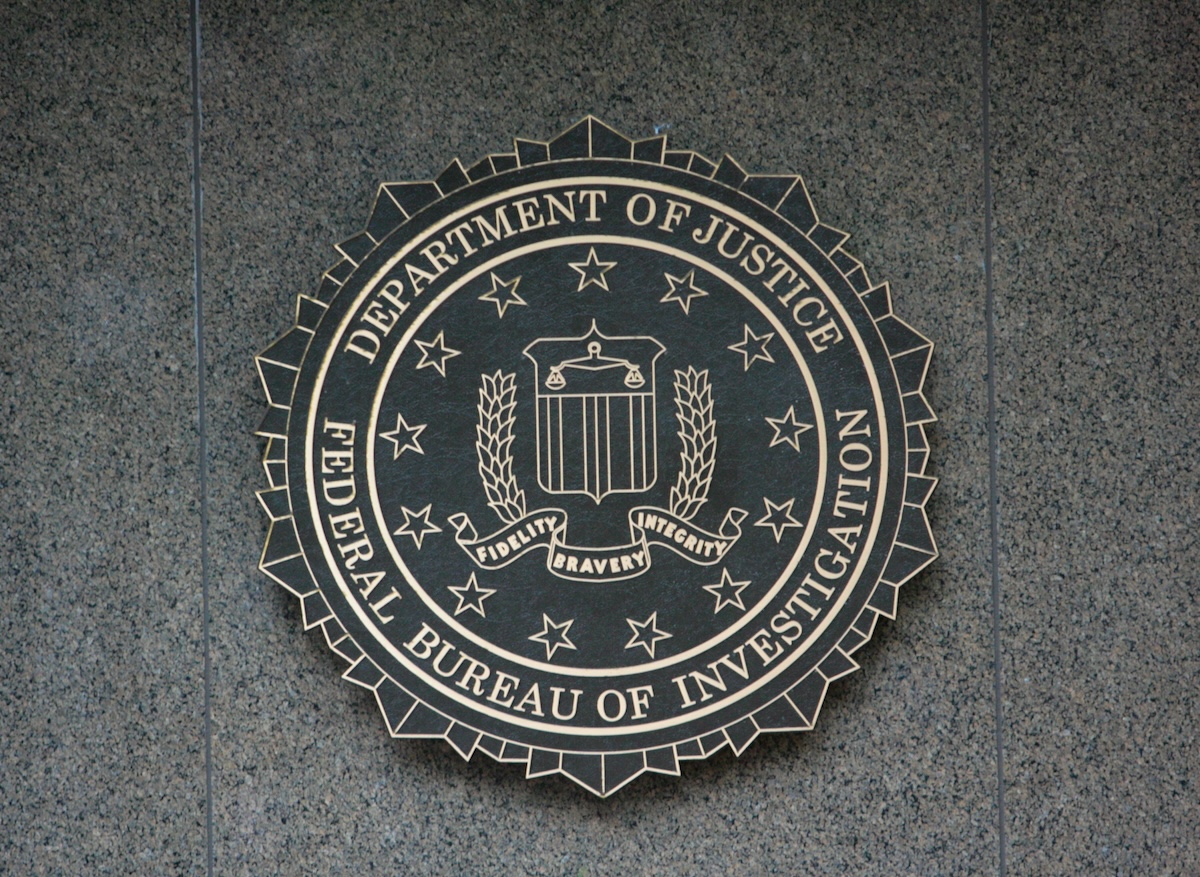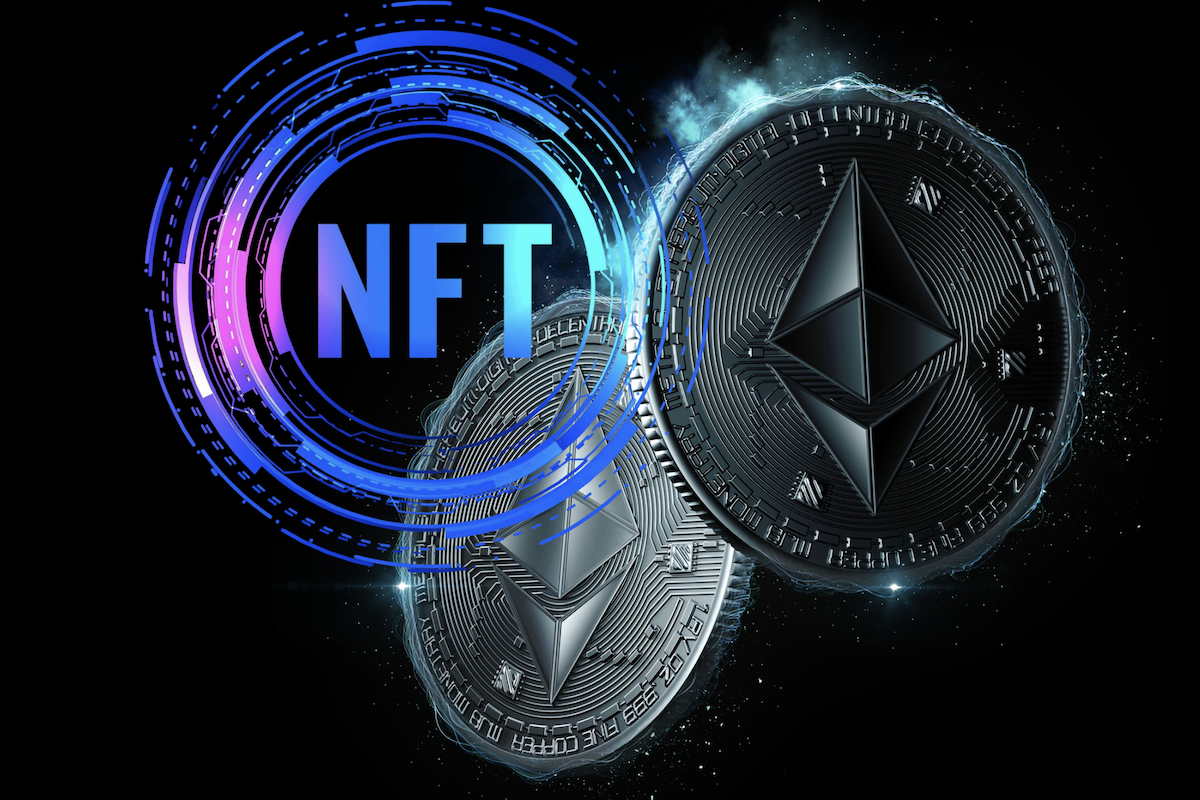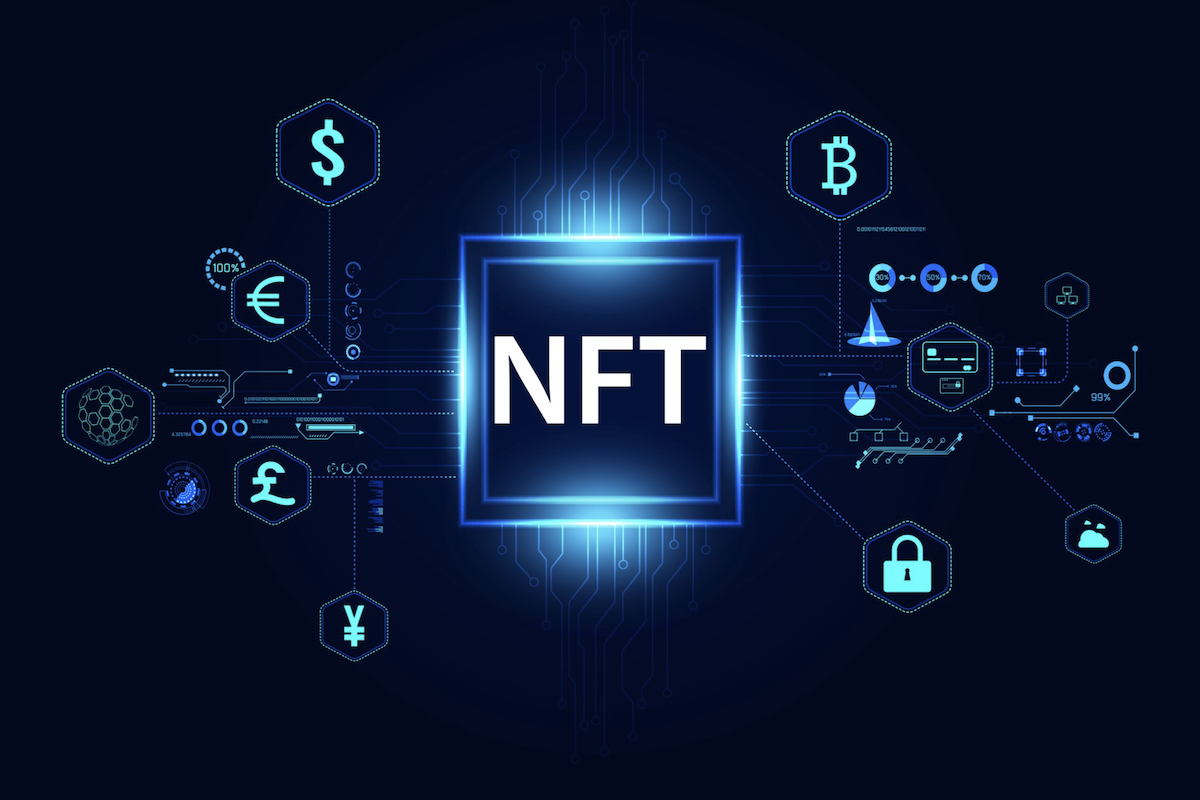NFT applications in the supply chain
NFT technology has the potential to transform supply chains and forge strong connections between manufacturers and consumers.

Jamaica Blue Mountain is one of the most expensive coffees in the world. It’s cultivated from extremely rare coffee beans found in the volcanic Blue Mountain area. Combine this scarcity with its highly demanded rich aroma, then one thing is inevitable: it’s also the most sought-after coffee for fraudulent trade and counterfeiting.
This refers to a common problem in supply chains, particularly for scarce, luxurious items and also products related to health, like drugs and all sorts of food. The methods to spot fake products are, most of the time, inadequate.
An exporter of Jamaica Blue Mountain, Oubu, came up with an efficient solution using blockchain to prove the authenticity of their coffee beans. The company assigns an NFT to each coffee barrel, where the metadata includes product details from picking, sorting, and transport. Thanks to blockchain technology that fuels NFTs, end users can track their coffee beans through unique codes. As a result, not only do the customers become certain that the coffees are genuine, but also the local small farmers have the opportunity to build long-term business relationships.
How do NFTs work in the supply chain?
The approach taken by Oubu represents how NFTs are generally applied to solving the supply chain’s authenticity verification problem.
Whether it’s a fashion item, a bottle of wine, or exclusive jewelry, every product in the system receives its own NFT with additional information given in its metadata, allowing the supply chain operators and managers to inspect the journey of their products at the micro-level.
Consequently, each product receives certification of authenticity and provenance registered on the blockchain immutably. A certification example issued by the Chai Vault, an anti-fraud solution for wines and spirits, can be viewed here.
Like Chai Vault, other technology companies dedicated to solving supply chain problems via NFT solutions are hard at work. One of them is Everledger. The company allows its customers to create NFTs without coding knowledge with the Everledger identity that adds product metadata and a minting service. To lower the NFT minting costs, Everledger uses proof-of-authority consensus in which only the approved network validators can validate the transactions.
How are physical products linked with NFTs in a trusted way?
There’re several options to do this. For instance, Everledger uses intelligent labels with mobile device interaction to enable traceability and provenance tracking. Here, it leverages a technology called NFC (near field communication), where each label has a unique serialized online identity.
NFC is a common way to tag products and attach them to NFTs. Companies could also use QR codes instead of NFC for the same purpose. However, they are easy to copy. On the other hand, an NFC tag stores a key that is used to generate a unique code on each scan. These codes are verifiable on servers proving the authenticity of the linked physical object. Just like an NFT it doesn’t store the underlying asset but only a link to it, NFC doesn’t hold the NFT; instead only creates a link to the physical product.
Another widespread tagging method is RFID (radio frequency identification). While NFC technology requires scanning the physical product label via a smartphone or tablet in a short distance, RFID can function at longer distances and read many tags simultaneously.
Why are, then, NFTs indispensable in the supply chain?
So, why not just link the physical product to a label using RFID or NFC if they already prove the attached goods are genuine?
Because besides being unique, NFTs are also immutable on the blockchain, so we can monitor the full history of all transactions regarding the product.
Also, companies can build strong connections with their audience because they’re an integral part of contemporary culture.
Furthermore, since they grant ownership, new utilities that are beyond the range of label technologies are possible.





